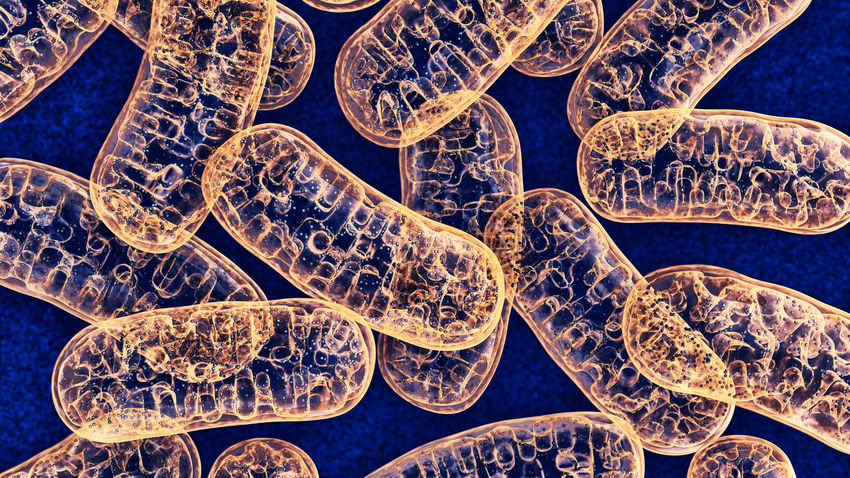
Nurse practitioners (NPs) have a front-line role diagnosing and treating patients, so they require continuing education and medical updates. But a general NP education may not include in-depth metabolic genetics training that holds clues to diagnosing certain serious medical illnesses.
“My job as an educator in nursing is thinking about where the gaps are,” says Beth Heuer, a pediatric nurse practitioner and associate professor of instruction in Temple’s nursing program. “What can I teach? What can I produce? How can I disseminate information we don't get enough of?”
Heuer, whose specialties include neurology and rare disorders, is producing a five-part series of articles for the field-leading Journal of the American Association of Nurse Practitioners on the mitochondrial genome and its links to a wide variety of ailments. The series, which began in September 2021 and will continue through 2023, covers biology around the mitochondria, assessment of disorders, and treatment considerations.
She calls mitochondrial DNA “the other genome.”
“We focus so much on the double-helix DNA, those 23 pairs of chromosomes, nuclear DNA (nDNA). But there is a whole world of diseases that are caused by mitochondrial DNA,” she explains. The mitochondrial genome has its own structure and is tiny compared to nuclear DNA. Mitochondria contain 16,569 base pairs that encode for 37 genes, whereas nDNA contains 3 billion base pairs encoding for over 20,000 genes.
More important to diagnosis, mutations in the mitochondrial genome, which may be inherited at birth or may develop in aging, are connected with a broad range of symptoms across the body. These can include cardiac, respiratory, and gastrointestinal issues and difficulties with hearing, vision or swallowing. Neurologic problems can include seizures or migraines. Patients may have fatigue and muscle weakness. Organs with high energy requirements are most typically affected.
“Things can go wrong in the mitochondria that impact how energy is produced in the body and can cause all these different disease entities,” Heuer says. “It’s important for the nurse practitioner to have an awareness of it when thinking about a differential diagnosis. A big part of the process is looking and thinking: What could this be? Who might I need to help me get a better answer? You rule out all the more basic things that it could be, and then you start digging a little deeper.”
Mitochondrial DNA is almost exclusively inherited from the mother, so patient family histories are useful clues.
“If someone says her side of the family has some diabetes, deafness, muscle pain, and her brother had it but his kids don't, that is meaningful. That's why I'm disseminating the information. It helps you think along those lines,” Heuer says.
